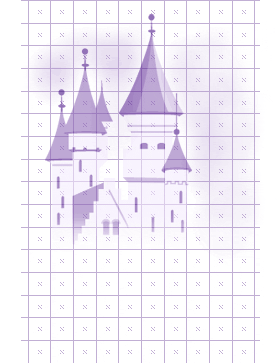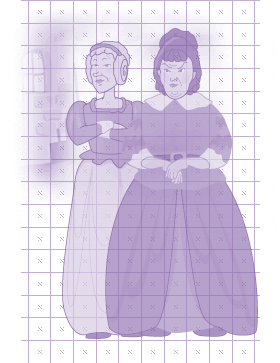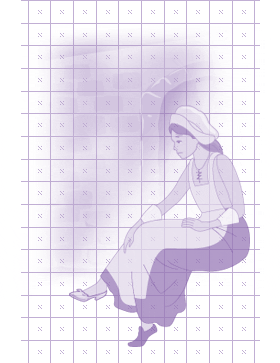|
|
About this InteractiveIntroduction | Goals | How to Use This Site | CreditsIntroductionElements of a Story is an interactive Web site where students can learn about different literary "ingredients" that make up a story. After watching and listening to an interactive version of "Cinderella," students will learn about various elements that are common to all stories: setting, characters, plot, exposition, conflict, climax, and resolution.This site features an interactive explanation of each literary element, which is then followed by a series of activities to enhance students' understanding. Students will be asked to put plot developments into the correct order, select appropriate settings and characters, and sort events and exposition. GoalsAccording to the National Council of Teachers of English (NCTE), all students should have the opportunities and resources to develop the language skills they need to pursue life's goals and to participate fully as informed and productive members of society. In order to develop these skills, students should engage in a variety of activities, including:
To assess what the students have learned, students will write their own short story and then map each part for the literary elements. Then they will be partnered with a classmate to peer review each other's stories. How to Use This SiteElements of a Story consists of eight sections and an assessment.The first section is an interactive version of the classic folktale "Cinderella." Users can read along with the text that appears onscreen beside the illustrations; the site also reads the story aloud. Mute buttons are on each page of the site and can be used to turn the audio off. Unless the site is paused, the narration will continue to run silently. If the mute buttons is unselected, the narration will have advanced. The narration will remain mute in the following site sections, unless the mute button is unselected. The story elements section is designed to allow users to navigate in chronological and non-chronological fashion. The next and back buttons can be used to advance or return to previous sections. However, if users click on the next button before finishing an interactive testing section, they will advance without being given the correct answer for that section. The next seven sections each focus on individual story elements: setting, characters, sequence of events, exposition, conflict, climax, and resolution. In each section, a brief explanation of the element is included, followed by an activity. Students will be asked to identify characters from the story, put the pieces of the story into the correct order, identify passages from the text, and recognize elements that apply only to "Cinderella." At the end of the "Resolution" section is an assessment in which students can check their knowledge by taking a quiz that relates to all the different elements of a story. While the story used in this interactive is easy to understand and will not take long to discuss, teachers may need extra time to discuss literary terms mentioned. . Any terms that students do not understand can be looked up in the Glossary. This interactive can be used as a basic lesson about literary elements. While watching the interactive, students can also review a handout with all the literary elements listed. They can match parts of the story to the correct literary element. Each time they think they have figured out an answer, they should write it on the handout under the proper literary element. Before using this interactive, teachers can teach what the literary elements are and ask students to give examples, using different stories for clearer understanding. Technical Requirements
CreditsProduction CreditsElements of a Story is a production of Thirteen/WNET New York. Copyright 2007, Annenberg Media. All rights reserved.Content ProductionChristopher W. Czajka, WriterChristopher W. Czajka is the Associate Director of the LAB@Thirteen, which creates, supervises, and executes community and educational outreach initiatives associated with Thirteen/WNET's national broadcast and online productions. Czajka supervises the creative development of Thirteen's outreach projects and creates workshops, online resources, and support materials associated with local and national initiatives. In addition to his outreach work, Czajka served as a historical consultant for Thirteen's smash hit series Frontier House, and as the educational consultant for Broadway: The American Musical, Colonial House, and Texas Ranch House. His work on the Web-based educational interactivities for Colonial House was recognized by Entertainment Weekly's "Must List," a first-ever achievement for a PBS production. Czajka also developed substantial Web-based resources associated with Slavery and the Making of America, The Rise and Fall of Jim Crow, and Extreme Oil, as well as online interactives for productions such as African-American Lives, What's Up in Finance?, the upcoming Power of Art, and the kid-friendly news and current events site, News Flash Five. Czajka has taught at the Idyllwild School for Music and the Arts and at Arizona State University. He holds a B.S. in Performance Studies from Northwestern University and an M.F.A. in Theater for Young Audiences from Arizona State University. Lisa Weinberger, Copy Editor Interactive and Broadband UnitAnthony Chapman, Director of Interactive and BroadbandChristine McKenna, Producer Shannon Palmer, Flash Programmer Radik Shvarts, Designer and Flash Animator Brian Santalone, HTML Implementation
|
       |
|||